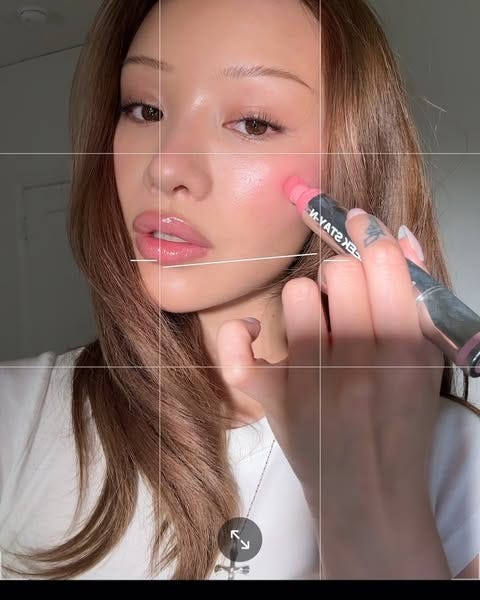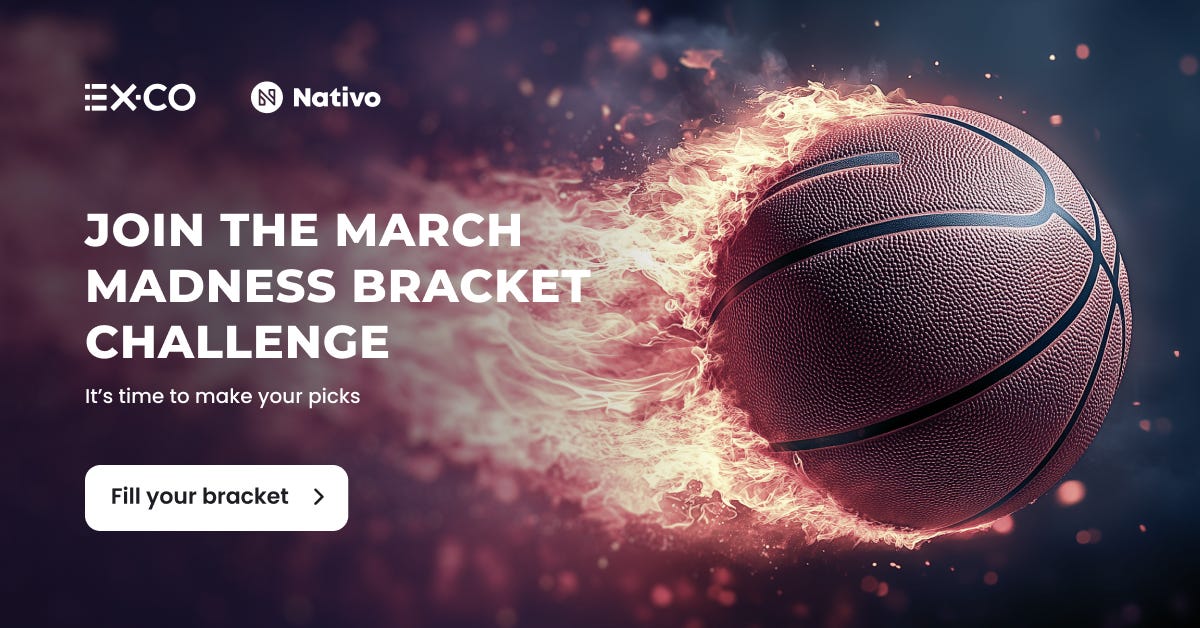Creator Brands Are Thriving. Creator Brands Are in a Bubble
Retail embraces the creator economy, while the DTC excitement fades
Mr. Beast makes more money from selling chocolate bars and other packaged goods than advertising. The creator Sarah Cheung and her firm Sacheu Beauty just raised $15 million in series A funding, and are gearing up for $100 million in sales. Venture Capitalists are swarming around the creator-makes-brand sector, according to The Ankler.
So it’s time for all the big creators to roll out brands right? And surely, the Unilevers and Johnson & Johnsons of the marketing world need to find the next creator to partner with.
Not so, according to Scott Fisher, Founder and Chairman of Select Management Group, the OG digital talent firm that happens to represent Cheung’s team. It’s probably too late.
“I think the bubble burst a while ago for the creator brands,” said Fisher on my Next in Media podcast this week - as part of a year-long partnership focused on the YouTube Ecosystem with my friends at VuePlanner.
“The audience was getting tired of it as well.”
Maximize your YouTube advertising with VuePlanner. As a member of the YouTube Measurement Program for Brand Suitability and Contextual Targeting, VuePlanner enables you to buy with confidence, clarity, and precision. Using advanced technology and AI-powered optimization, VuePlanner offers custom-curated contextual collections, exclusive content strategies, and transparent reporting for measurable, impactful results. Take control of your campaign performance—partner with VuePlanner now.
As Fisher explained, not only have too many creators tried to launch their own brands, but the economics no longer make sense without the backing of a big retail partner - and there are only so many of those to go around.
“So there was definitely a wave, you know, 2021 to 2023 where everyone thought they needed a brand,” Fisher said.
There was also ‘easy money’ to be made on social media during that time, as ad prices were low, customer acquisition relatively easy, and attribution was strong (until Apple blew up cross-app tracking).
Not to mention that launching a brand isn’t exactly easy.
“It’s very consuming,” Fisher said. “And you have to be passionate about it because you're not going to make money for a while. And then you only start to make money once it hits that velocity. Then you have to have the right deal that you're in to make it worth it, to keep you going. Because a lot of these are just sweat equity deals. Some of them have royalties, some of them don't. So you have to have all the right factors to make it a success. And a lot of people realize it's just not worth it.”
So why is now the right time for Cheung to invest in her makeup brand? Well, not only has it taken off on TikTok Shop, it’s available in 5,000 stores in the US.
It turns out that the death of physical retail has proven to be greatly exaggerated (It turns out, Gen-Z surprisingly loves going to stores).
“We typically won't launch a brand now unless there's already a retailer attached to it,” Fisher said. “To launch something DTC and try to get the audience to move to it [is very tough]. If a creator doesn’t have the backing of an established retailer, it's kind of just lost in the shuffle of all the other brands that are happening.”
“We've reached peak creator brand and now the ones that are launching are the ones that really should be launching and they that have significant retail backing and the creators put in a lot of work,” he added. “So I think we're getting better quality out of these brands now versus the past few years.”
Ok, so what should big brands do- if they’re worried about losing customers and market share to creators? Is there room to co-launch new products? After all, as Jim Louderback mentioned in his Inside the Creator Economy newsletter this week, “Unilever plans to allocate 50% of its global marketing budget to the social and creator economy and will increase the number of creators they work with by a factor of 20.”
So surely they’ll want to roll out a few new creator-exclusive brands, right?
“I think a lot of those conglomerates are looking for the next growth area,” said Fisher. “So they'll probably end up acquiring some of these creator brands once they hit that velocity of actually being a real solid, significant business.”
EX.CO and Nativo’s Bracket Challenge is on!
Think your picks can go all the way? Register now and compete with fellow media pros for big prizes







Creator brands look like they’re booming — until you factor in burn rate. I’ve been dissecting the newsletter illusion in a 10-part series. Part 3 (out next week, on tuesday) breaks down the actual costs most creators ignore: time, tools, promo, taxes. A lot of “success” stories are just margin-less momentum. Appreciate your take — you’re one of the few calling it straight. 👊